Note: This website was automatically translated, so some terms or nuances may not be completely accurate.
The Inamori Library: Transmitting the Core of Management, the Kyocera Philosophy
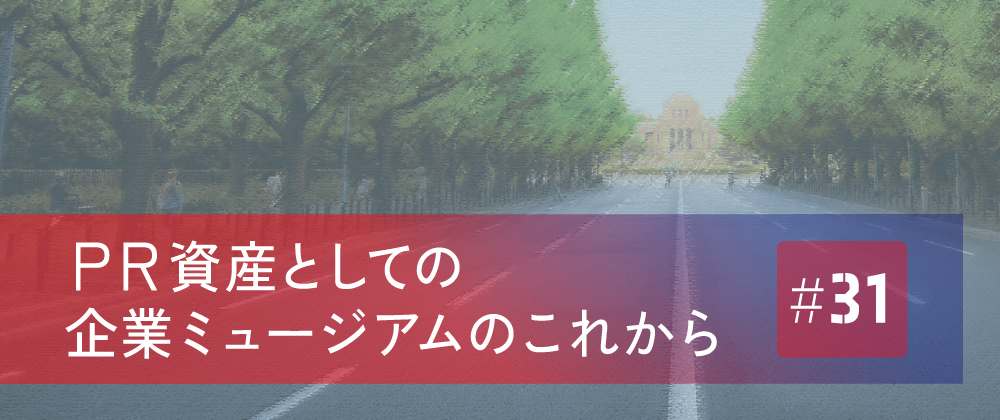
Corporate museums occupy a buffer zone straddling both the academic realm of "museums" and the business domain of "corporations." They are organizations that collaborate diversely with corporate departments such as public relations, branding, marketing, and human resources. In this series, PR professionals will introduce various museums operated by corporations and examine their roles, functions, and potential.
The late Kazuo Inamori (hereafter referred to without honorifics) was a renowned postwar Japanese business leader. He grew the Kyocera Group to approximately ¥2 trillion in sales and the KDDI Group to approximately ¥5.7 trillion in sales (both for the fiscal year ending March 2023), and achieved the turnaround of Japan Airlines after its bankruptcy, earning him the title of a "miracle of management." What this extraordinary business leader is most praised for is demonstrating the certainty of what might seem uncertain – that "by elevating humanity, one can achieve business success" – and accomplishing great feats.
This article explores the role of the "Inamori Library," which allows people to experience the concrete actions derived from Kazuo Inamori's deep philosophical thinking—the "Kyocera Philosophy" of what is truly important as human beings—and passes on the ideal image of the corporate person and leader Kyocera strives to cultivate.
Research and Text: Akemi Sakurai (PR Consulting Dentsu Inc.)
Established out of concern for the dilution of the "Kyocera Philosophy"
Located in southeastern Kyoto, Fushimi Ward has long prospered in sake brewing and agriculture, blessed with high-quality water from rivers like the Katsura and Uji. At the heart of "Rakunan Shinto," a highly concentrated district promoting advanced creative city development, stand Kyocera's headquarters and the Inamori Library. The purpose of establishing the library is "to learn and pass on the Kyocera Philosophy, the life philosophy and management philosophy of founder Kazuo Inamori." It embodies the desire to remain a company that continues to grow based on this founding spirit.

The target audience includes all Kyocera Group employees, as well as global executives, business professionals, and students. Overseas visitors are particularly numerous, with foreigners accounting for 40% of the annual 20,000 visitors. Pamphlets are available in Japanese, English, Simplified Chinese, and Korean. Staffed by two guides and two curators, groups of ten or more are assigned a guide. Operations are managed by the Research Section and Operations Section of the Inamori Library within the Corporate General Affairs & Human Resources Division. Beyond public tours, the library conducts training sessions on Inamori philosophy for other companies and local governments upon request. It also actively participates in community activities, such as collaborating with Kyocera's Social Activities Promotion Section to provide the library as a rest stop for local walking events.
The Inamori Library began in 2002 at the former headquarters (Yamashina Ward, Kyoto City) as part of employee training facilities, initiated by then-Chairman Kensuke Ito. In 2013, it relocated to its current location in a renovated 8-story building adjacent to Kyocera's headquarters and opened to the public. This coincided with Inamori's return from Japan Airlines, allowing the addition of materials from KDDI and Japan Airlines, which were absent at the old headquarters. Floors 1 through 5 comprise the exhibition space, housing a total of 166,000 items including archived materials, exhibits, image data, and video data.
Inamori himself hesitated about introducing his own achievements. However, Ito, who had left Matsukaze Industries with Inamori before Kyocera's founding and participated in its establishment, felt a sense of crisis: "When the philosophy weakens, Kyocera's fate is sealed. We must pass this on." He advocated for the necessity of the library. Ultimately, Inamori agreed that if sharing his journey and materials could benefit future generations, it was worthwhile, leading to the library's creation. For the 35th anniversary in 1994, Ito also conceived the palm-sized "Kyocera Philosophy Handbook," distributed to all employees.
About Founder Kazuo Inamori
Kazuo Inamori was born in 1932 as the second son of a printing company owner in Kagoshima. At age 12, he contracted tuberculosis, then considered a death sentence, though he recovered. He faced repeated setbacks, failing entrance exams for junior high school and university. Although he excelled academically at Kagoshima University's Faculty of Engineering, he faced severe employment difficulties. Through a professor's recommendation, he finally secured a job at Matsukaze Kogyo, a Kyoto-based porcelain insulator company that seemed "on the verge of collapse." His five fellow new hires quit one after another. He and the remaining colleague passed exams to transfer to the Self-Defense Forces, but his brother, who opposed the resignation, failed to send the necessary documents by the deadline. Consequently, Inamori alone remained at Matsukaze Kogyo.
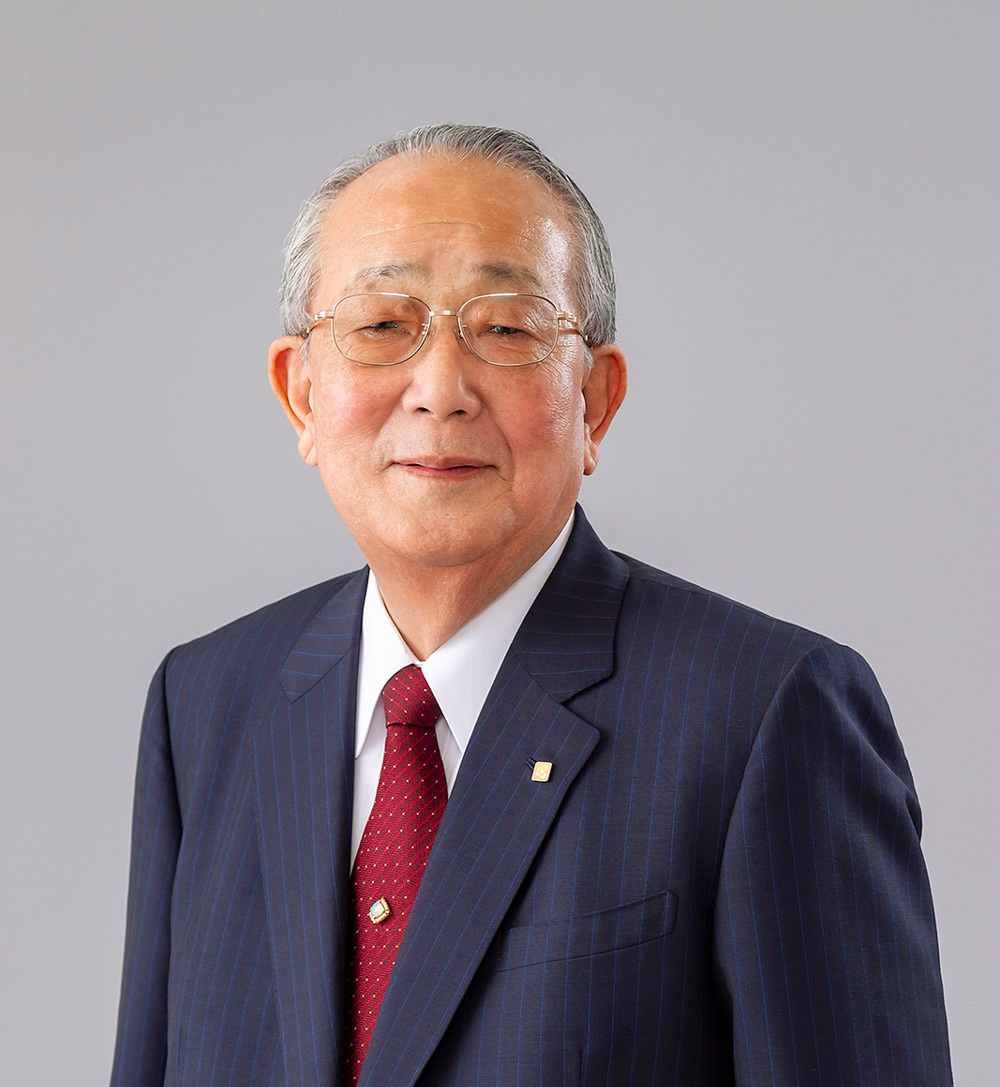
He threw caution to the wind and threw himself into his work. Good research results began to emerge, and he grew to like his job. Then, in just a year and a half, he succeeded in synthesizing "forsterite," a high-frequency insulating material, becoming only the second person in the world to do so. Forsterite was used as the raw material for "U-shaped Kersima," an insulating component used in television picture tubes, for which demand was rapidly increasing at the time. Matsukaze Industries had been commissioned by Matsushita Electric Industrial (now Panasonic) to manufacture U-shaped Kershim, which had previously relied on imports from Europe and America, and had embarked on developing forsterite porcelain.
Later, when he left the company due to a conflict with his superior, his former boss Masatsugu Aoyama and his friends arranged funding for starting a company. With 3 million yen in capital and 10 million yen in working capital borrowed by Kazuo Nishieda, the managing director of Miyaki Electric Works, using his home as collateral, they founded Kyoto Ceramic (now Kyocera). This occurred in 1959, when Inamori was 27 years old. Determined to meet the expectations of his supporters who believed in him and gave him this chance, his employees, and their families, he devoted himself to research day and night while also learning business management. Despite repeated challenges—employees demanding future benefits and technical development hurdles—he secured orders for core components from major corporations, growing the company at a remarkable pace. This journey gave birth to his unique management philosophy: "Amoeba Management." This system promotes "maximizing sales while minimizing expenses" and implements independent profit and loss accounting within small organizational units.
In 1984, Inamori, driven by the conviction that "the telecommunications industry requires multiple companies to enter and a healthy competitive market to lower prices and improve services, which is what truly benefits society," repeatedly asked himself, "Is my motive good? Am I free of self-interest?" Consequently, at the time of Nippon Telegraph and Telephone Public Corporation's (NTT) privatization, he founded Daini Denden Kikaku (now KDDI), laying the foundation for KDDI's development.
Furthermore, in 2010, just before turning 80, he accepted the government's request and assumed the unpaid position of Chairman of Japan Airlines, which had gone bankrupt. Amid concerns like "Can Inamori, who knows nothing about the aviation industry, really rebuild it?" and "Won't this tarnish his legacy?", he ultimately decided that saving JAL would benefit society. JAL then achieved a miraculous V-shaped recovery, including a re-listing on the stock exchange in just two and a half years.
Beyond managing his own company, Inamori established the "Seiyu Juku" (later renamed Seiwajuku) in 1983 at the request of young executives to teach management philosophy, dedicating himself to nurturing the next generation as a volunteer. By the time it closed in 2019 due to his advanced age, it had grown into a management school with 104 branches worldwide and nearly 15,000 students.
In social activities, he established the Inamori Foundation in 1984 using his personal fortune. The following year, he created the Kyoto Prize, an international award recognizing individuals who have contributed to the progress and development of humanity and society. In 1997, he received lay ordination at Enpukuji Temple of the Rinzai School Myoshinji sect. In his later years, he also devoted significant effort to the activities of the Inamori Foundation.
The Essence of the Inamori Library: The First-Floor "Comprehensive Exhibition"
Upon entering, visitors are immediately greeted by a replica of the calligraphy displaying Kyocera's corporate motto, "Respect Heaven, Love People," displayed in the entrance hall. This phrase, meaning "Respect Heaven and Love People," was often spoken by Saigo Takamori (Nanshu), a hero from Inamori's hometown of Kagoshima.
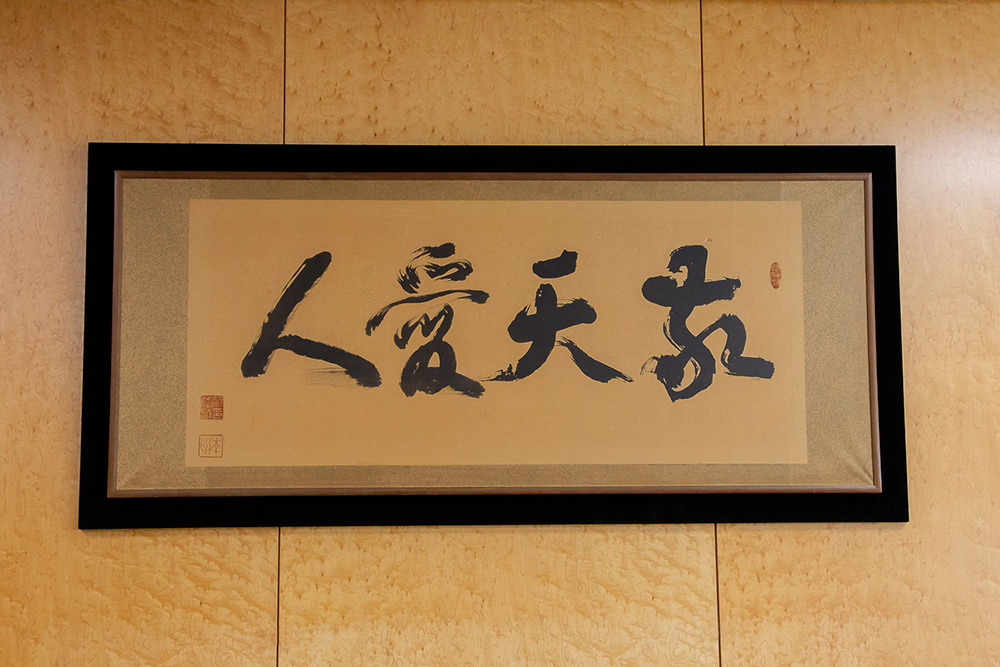
Inamori received this calligraphy, a copy of Saigō Takamori's own handwriting from Nanshū Shrine, as a gift from Miyaki Otoya, president of Miyaki Electric Manufacturing and one of the company's founding supporters. He displayed it in his office. The first floor exhibits everything from Inamori's birth to the encounters and events that shaped his philosophy, along with an overview of his ventures as an engineer and businessman. This allows even those short on time to grasp the essentials quickly.
Inamori published 73 books during his lifetime (55 authored by him, 18 co-authored). Their cumulative print run exceeds 25 million copies (including co-authored works), and this floor displays representative titles. Among them, "The Way to Live" (2004/Sunmark Publishing) has been translated into 19 languages and is a bestseller, particularly in China where it has sold 6 million copies (as of January 2024).
When Chinese business leaders, who had previously emulated Western practices, began facing economic crises and questioning the limitations of Western-style management, Inamori's philosophy—that "management is not about techniques, but about demonstrating one's way of life as a person through practice. Without this, you cannot win the hearts of employees or exercise true leadership"—was a revelation. It instantly captured the hearts of China's business leaders and professionals.
This floor also features a presentation room where visitors can watch a video titled "Respect Heaven, Love People," which has earned high praise for "deepening understanding." The video concisely introduces Inamori's background, his philosophy, and the businesses and social contribution activities he has pursued alongside it.
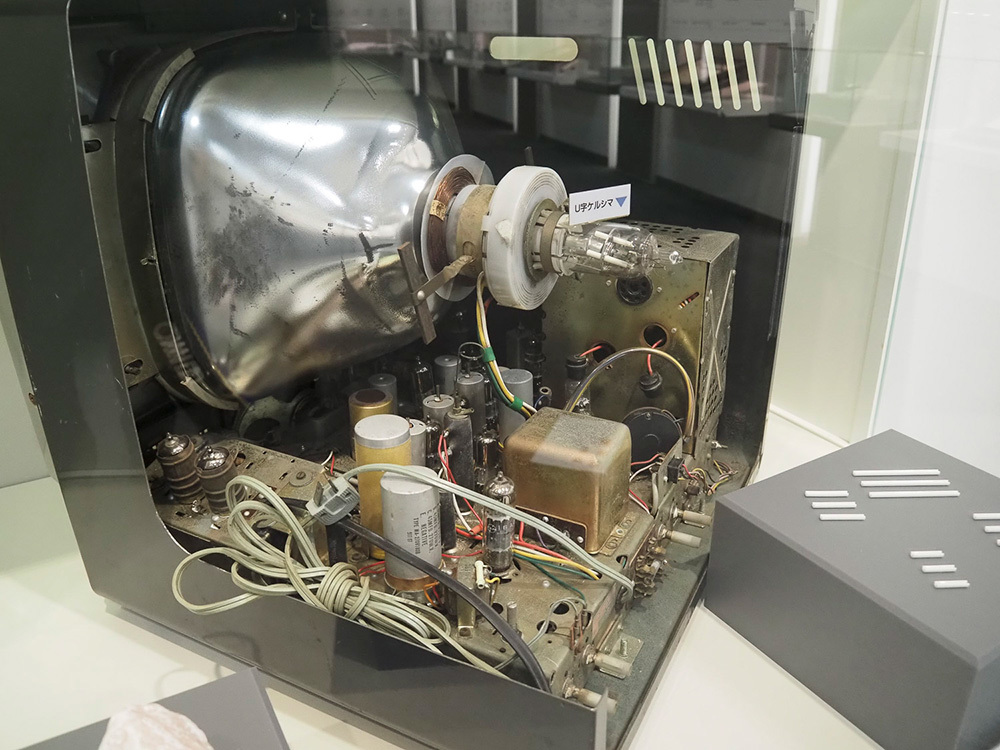
2nd Floor: "Technology and Management"
Each floor from the second to the fifth has its own theme and concept. The second floor's theme is "Technology and Management," showcasing Inamori's journey as an engineer and business leader. Placed in front of the Matsushita Electric Industrial CRT television is a slender, small U-shaped ceramic piece. This is the "U-shaped Kerksma" (Dutch for ceramics, as mentioned earlier), made using "Forsterite," a high-frequency insulating material. Inamori succeeded in synthesizing this material, becoming only the second person in the world to do so after General Electric (GE) in the United States.
Also on display are a replica of the electric tunnel kiln, the first of its kind in Japan for ceramics, which Inamori devised during his time at Matsukaze Kogyo; a replica of the "water-cooled double-coil serpentine tube," developed after much effort following an order from Mitsubishi Electric during Kyocera's founding; and a recrystallized emerald synthesized with the exact same composition as natural emerald.
The water-cooled double-coil serpentine tube was a complex, large-scale cooling coil for transmitting pipes. To prevent cracking during the porcelain drying process, Inamori wrapped cloth around the entire pipe, held it all night, and slowly rotated it to dry it gradually. This product is often cited in the anecdote: "He never gave up on a product he worked on; he saw it through no matter what."
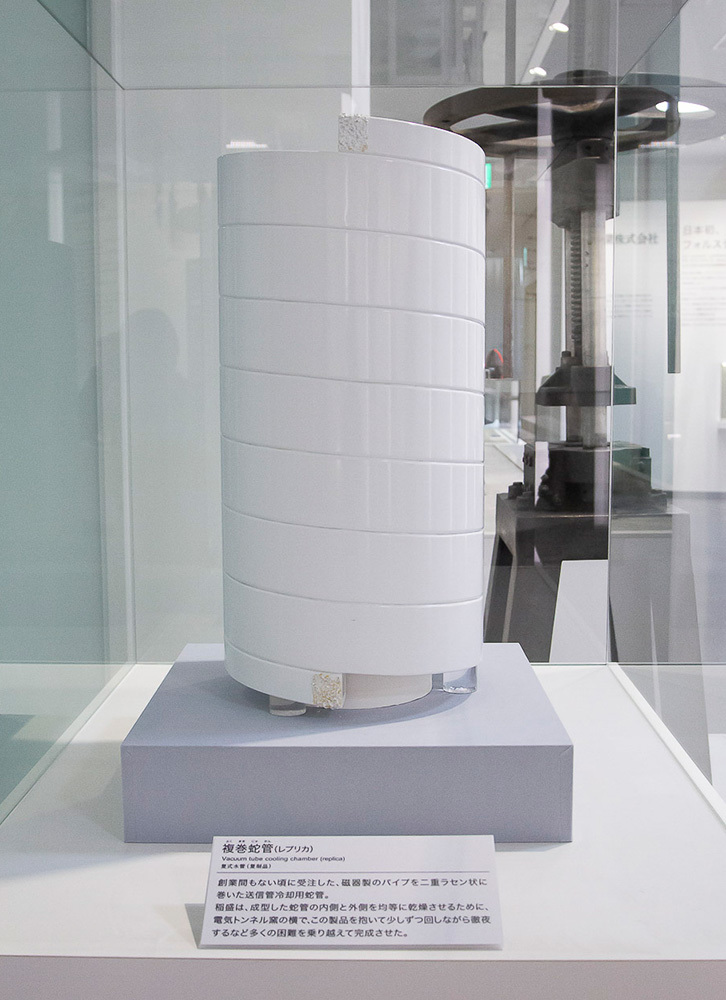
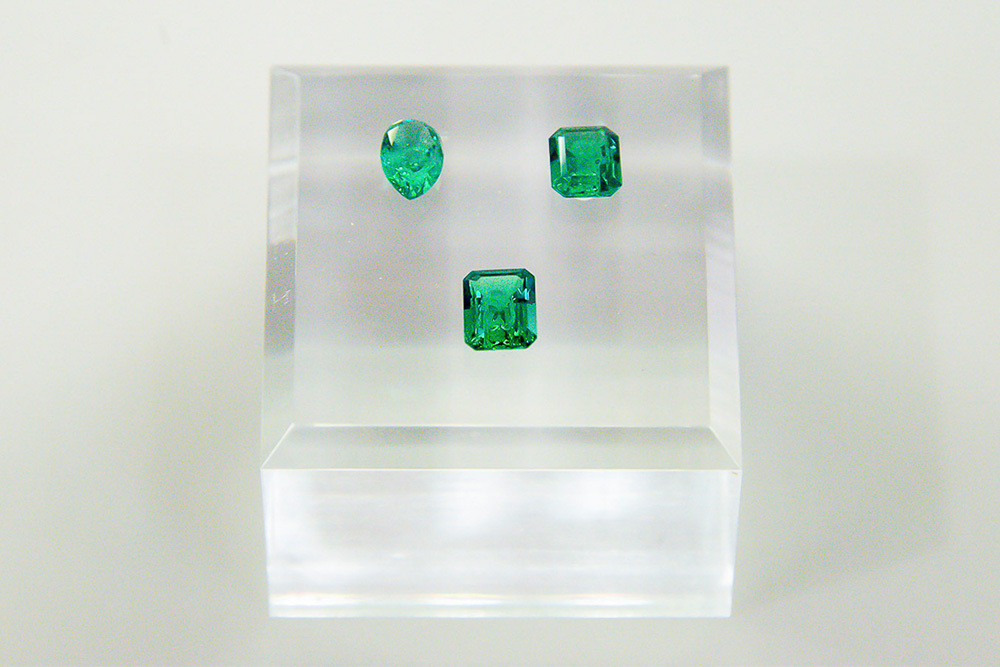
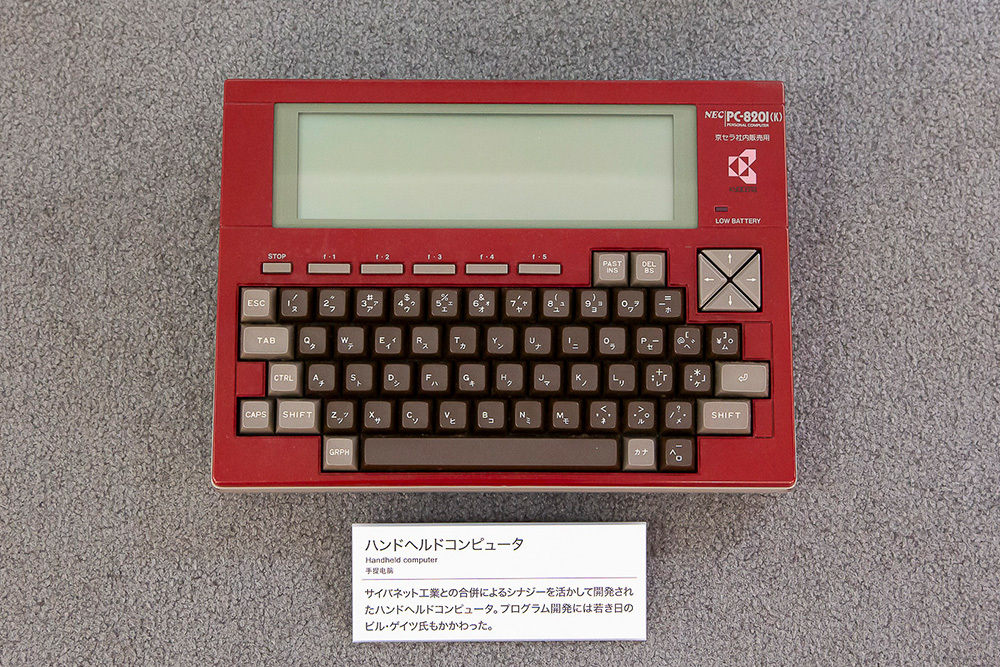
Here, alongside the "Kyocera Philosophy Handbook" detailing Kyocera's code of conduct, are displayed similar philosophy handbooks created for KDDI and Japan Airlines, where Inamori was also involved in management. A particularly eye-catching exhibit is the "orchestra-themed objet d'art" presented to Inamori by volunteer Japan Airlines mechanics and others as a token of gratitude upon his retirement.
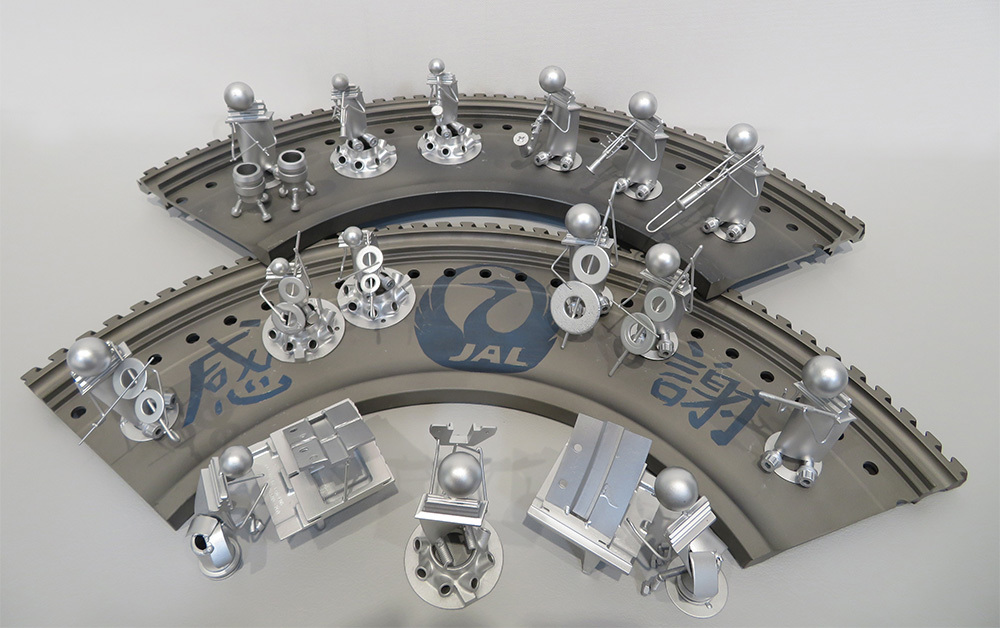
This objet d'art, an orchestra of dolls crafted by the mechanics using discarded aircraft parts, likely embodies their sentiment: welcoming a great conductor (Inamori) enabled them to play a magnificent harmony. Among the 15 dolls, no two share the same pose. This expresses how a company functions when each member fulfills their own role.
3rd Floor: "Philosophy"
Directly facing the entrance is Inamori's first published work, "Elevate Your Heart, Grow Your Business" (1989/PHP Institute). The blurb on the dust jacket is by Konosuke Matsushita (founder of Panasonic), the god of management whom Inamori emulated in his "dam management" approach. The jacket states: "He urges us to 'believe in the infinite potential given to humanity, fully unleash that potential, and savor a fulfilling life.' His passion and conviction were truly moving."
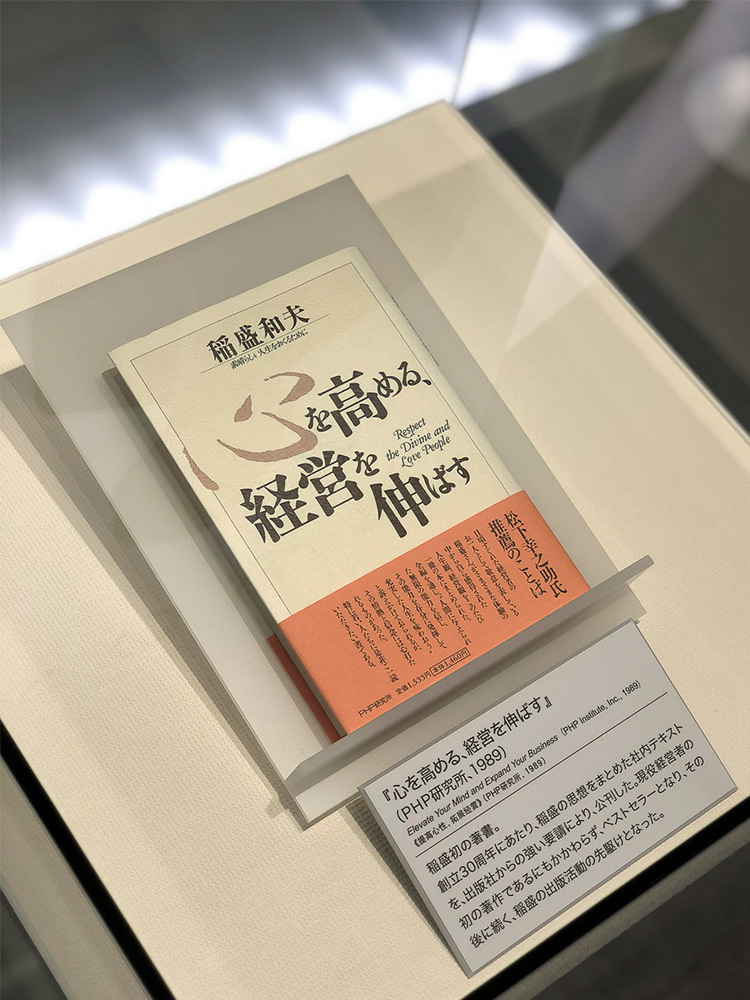
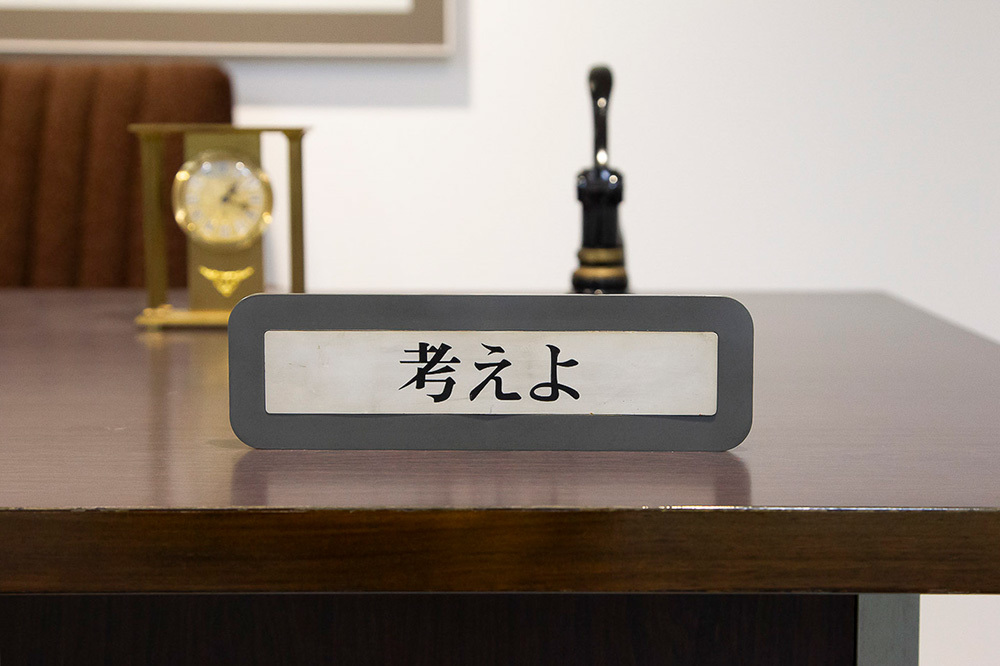

A walled-off section occupies the center of the third floor. Outside the wall, the "Inamori Management 12 Principles" are displayed. Inside is a theater where visitors can watch six videos, including lectures from the Seiwajuku seminars: "The Results of Life and Work = Mindset × Passion × Ability" and "Learning to Love Your Work." His straightforward, earnest speaking style, as if addressing each person individually, conveys his humble, serious, and sincere character.
Among the exhibits is a manuscript illustrating the thought process behind the equation: "Results in Life and Work = Mindset (-100 to 100) × Passion (0 to 100) × Ability (0 to 100)." Above the handwritten "Will" in pen, "Passion" is added in pencil. His words, "The most important thing for a human being is a good mindset. Someone lacking ability can compensate with passion, achieving more than someone with ability who does nothing," convinced and encouraged many people.
Other exhibits include the leather briefcase Inamori carried, packed with heavy prototypes; concentric-circle notes reflecting his state of mind; his desk from the Shiga headquarters era; and cherished personal items. The "Think" plaque on his desk, gifted by IBM Japan, was a phrase he favored like a personal motto during his Shiga headquarters days in his thirties. It was originally placed there for Inamori himself.
4th Floor: "Social Activities"
While Inamori received numerous awards honoring his achievements in technology, management, and social activities, he increasingly felt that, having amassed considerable wealth through Kyocera, he should instead be the one awarding others. He believed he must reward those who worked for the benefit of society and humanity, and that this must be done with a "mind of altruism."
In 1984, he established the Inamori Foundation, investing 20 billion yen of his personal fortune. The following year, he created the Kyoto Prize, an international award honoring individuals who have contributed to the advancement of science and civilization, demonstrated exceptional dedication, and made outstanding contributions to the deepening of human knowledge, science, civilization, and spirituality. This stemmed from two motivations: a desire to give back to the society that nurtured him, and the observation that few awards truly bring heartfelt joy to researchers working tirelessly behind the scenes. The floor displays replicas of the Kyoto Prize medals and photographs of past laureates, including ten researchers who later received the Nobel Prize.
Furthermore, as mentioned earlier, Inamori established the Seiwajuku to nurture young business leaders and served as its volunteer principal. "The essence of management lies in the heart of the leader. If one grasps the true spirit of management and the leader's heart changes, management will surely proceed smoothly. Gather here, all business leaders nationwide who aspire to elevate your own character and strive for corporate stability and prosperity!" Small and medium-sized enterprise managers who responded to this call came to hear his lectures directly and learn his management philosophy. Hearing of its success, people established similar schools in their own regions one after another, spreading the movement worldwide. Prominent business leaders like Takashi Sakamoto, founder of Book Off Corporation and Ore Corporation; Yuichiro Hamada of Hamada Shuzo; and Chitake Inada of Family Inada sat at the same desks.
When Inamori was tasked with rebuilding Japan Airlines, the seminar students formed the "JAL Support Group," declaring, "Now is the time to repay our debt to the Headmaster." The 5,500 seminar students (at the time) each reached out to 100 people, distributing support cards to Japan Airlines staff and launching a major campaign aiming for 550,000 flights. Inamori's spirit of altruism resonated deeply with those around him. A theater room is also located in the center of the fourth floor, where visitors can view videos about the activities of the Inamori Foundation and Seiwajuku, as well as the "Respect Heaven, Love People" video, identical to the one shown in the presentation room on the first floor.
Fifth Floor: "Executive Office (Recreation)"
The fifth floor features a room faithfully recreating Inamori's office. It contains the calligraphy of "Respect Heaven, Love People," the large table where he held discussions with subordinates, and his desk. On the desk lie Saigō Takamori's "Nanshū Ō's Last Teachings," along with business cards, name cards, pens, and other very ordinary office supplies. He reportedly had no particular attachment to material possessions. The wall-mounted bookshelves display his own publications, research books he cherished since university days, and gifts received from various people.
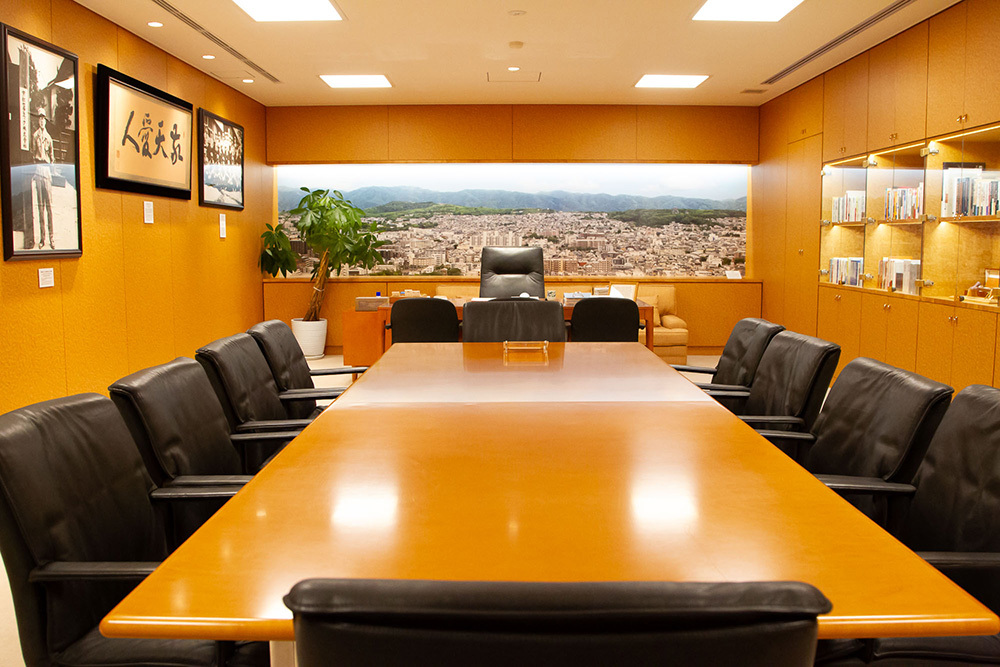
In this room, Inamori would deepen his thoughts, refine management strategies, consult the "Nanshu Okiyuki," and frequently admonish himself. At times, his voice would carry outside as he taught the "right path." When people left the room, he would clasp his hands and say, "Thank you." Both those encouraged and those reprimanded would leave with shining eyes, vowing renewed determination. Visitors here envision the leader's daily life, while employees recall the figure of the founder as he once was.
If good leaders increase, the world will naturally move in a better direction.
During his lifetime, Inamori often said he wished for "clones of himself." In "Amoeba Management," where each leader operates independently and profitably, the amoeba itself divides and multiplies.
What one person can achieve alone has its limits. Furthermore, while human actions aren't always correct, Inamori firmly believed that if more leaders judged based on "what is important as a human being," thought deeply, and put it into practice, the world would surely move in a better direction on its own. The Inamori Library is likely a kind of "ignition device" for those who resonate with Kazuo Inamori's way of life, who seek to elevate their hearts, and who strive to live better.
[Editor's Note]
Kazuo Inamori is renowned as a specialist in business management, famed for his "Amoeba Management" philosophy. His philosophy continues to serve as a pillar of support for many who follow in his footsteps. It is not about techniques, but a philosophy that questions the nature of humanity and the nature of society. This, I believe, is the key point. And I cannot help but feel that the land of Kyoto, where the company Kyocera first took its first breath, is deeply intertwined with this philosophy.
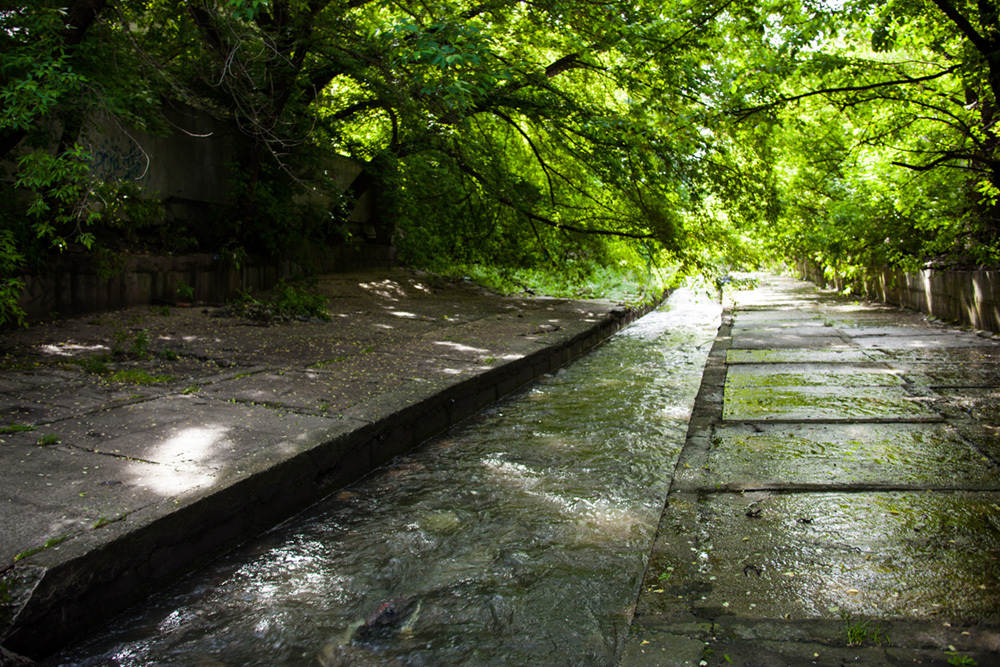
Kyoto is a truly captivating city. Its history, traditions, and culture need no further introduction. What's intriguing is how startups aspiring toward the future somehow gravitate toward this city. Perhaps it's a place where sharp thinking is honed, while deep affection for people and society is nurtured.
Kyocera's corporate creed, "Respect Heaven, Love People," carries both the pride of Satsuma and the elegance of Kyoto. I believe this embodies a spirit our nation should proudly present to the world.
Was this article helpful?
Newsletter registration is here
We select and publish important news every day
For inquiries about this article
Back Numbers
Author

Sakurai Akemi
PR Consulting Dentsu Inc.
Since joining the company, I have been involved in PR planning for a wide range of companies and organizations as a media liaison and sales representative. Currently, I am engaged in new client development, which includes managing seminars and publishing the <a href="https://prx.dentsuprc.co.jp/" target="blank">PRX Magazine</a> newsletter. PRX Magazine|Bringing PR expertise to every business domain|PR Consulting Dentsu Inc. received the Japan PR Association PR Award Grand Prix in 2009 for "Japan Agricultural Products Competition in China" and the Asia-Pacific SABRE Award CSR Category Prize in 2011 for "Spa Resort Hawaiians National Kizuna Caravan." Certified PR Planner by the Japan Public Relations Association.




